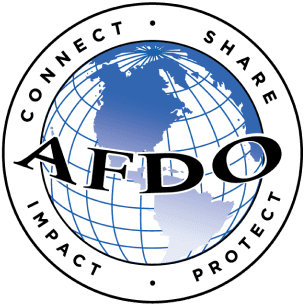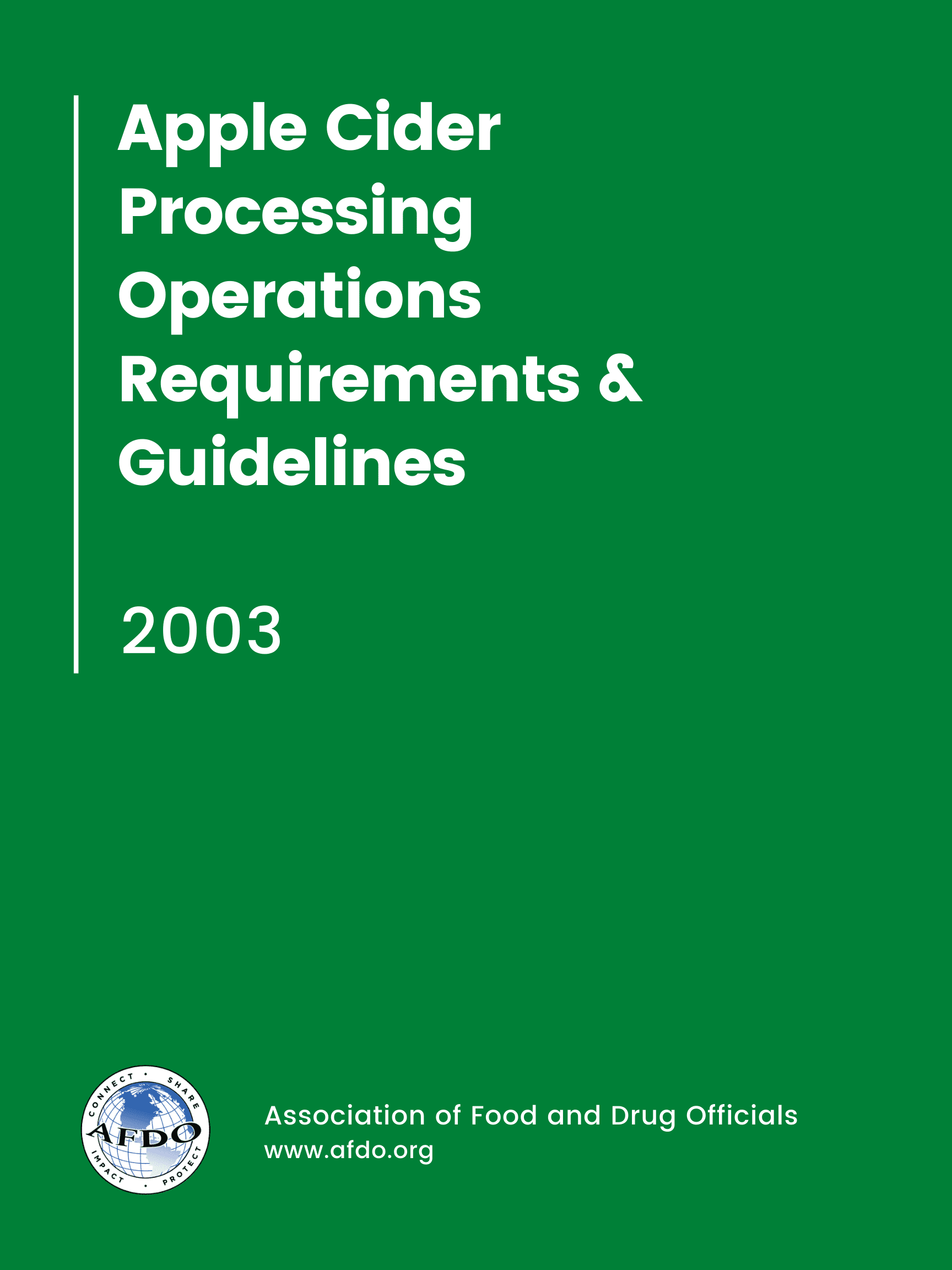“Guidelines for Exempt Slaughter and Processing Operations Training Manual” has been added to your cart. View cart
Apple Cider Processing Operations Requirements & Guidelines
$5.00
The Apple Cider Processing Operations Requirements & Guidelines have been developed to assist those producers in producing a product where the risk of contamination by foodborne pathogens has been significantly reduced.
Digital version (free download)
To purchase more than 10 publications, contact us.
Description
In recent years, fresh or unpasteurized apple cider has been linked to numerous foodborne illness outbreaks in the United States. It is a scientifically proven fact that pasteurization, or an equivalent process, will eliminate foodborne pathogens from apple cider and thus ensure the safety of the product. Many producers of apple cider incorporate pasteurization, or other pathogen elimination procedures into their processes; consequently, much of the apple cider available to consumers is considered pasteurized, and causes little concern with respect to the presence of foodborne pathogens.
There is a segment of the apple cider industry that believes that pasteurization contributes undesirable characteristics to the product, and that consumers should have the right to choose between unpasteurized and pasteurized products.
The Food Committee of the Association of Food and Drug Officials under the guidance of Doug Saunders, Virginia Department of Agriculture and Consumer Services, developed these guidelines. Substantial input into the development of these guidelines was provided by both industry and government officials. The original basis for these guidelines was obtained from documents developed by the New York Department of Agriculture and Markets and the Michigan Department of Agriculture.


